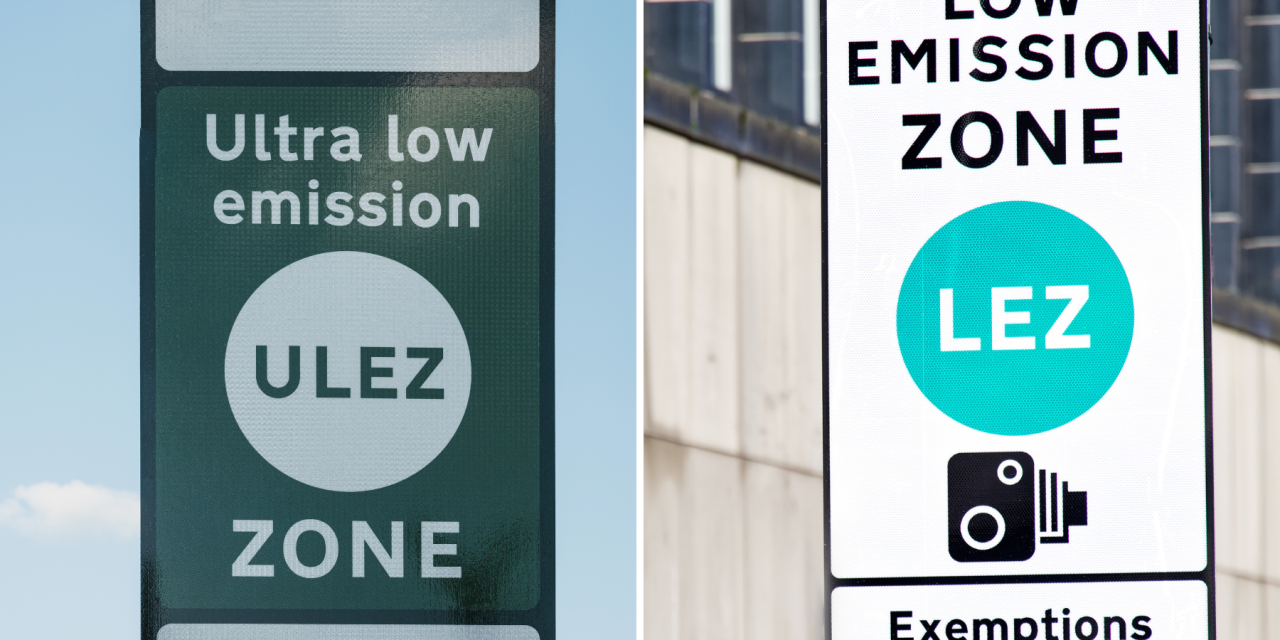London has a number of driving zones which you have to pay a charge for, from the congestion charge, the low emission zone (LEZ), the ultra-low emission zone (ULEZ) and travelling across the Dartford Crossing.
It can get confusing to know which is what especially when you have two which share very similar names.
With the very topical LEZ and ULEZ regularly being debated and questioned over if and what any of the differences really are.
So you don’t get confused and know what you need to pay when and where we’ve broken the two zones down for you.
ULEZ support offers
Offers that could help you to save money and use greener forms of transport.
Several organisations are providing offers and promotions to support the scrappage scheme and the Mayor’s ambition to improve air quality in London. There are exclusive promotions…
— TfL (@TfL) August 11, 2023
What are the differences between the LEZ and ULEZ?
Both were created by Transport for London (TfL) the zones share many similarities but with some big differences.
The LEZ is used to “encourage the most polluting heavy diesel vehicles driving in London to become cleaner” states TfL.
Whilst the ULEZ was created to “help clear up” London’s air and is set to cover all of Greater London from August 29.
Though they may sound similar, they are separate as the LEZ focuses on bigger vehicles such as vans, HGVs, lorries and specialist heavy vehicles.
With only certain vehicles affected, it means the charges are higher seeing charges range from £100 to £300.
Whilst the ULEZ does cover all vehicles that do not meet emissions standards, the daily charge is £12.50.
In terms of when the zones are in operation, the LEZ runs every day of the year for 24 hours a day, whilst the ULEZ offers one day off on Christmas Day.
You can find out more information on the zones via the TfL website.
Join the exciting world of cryptocurrency trading with ByBit! As a new trader, you can benefit from a $10 bonus and up to $1,000 in rewards when you register using our referral link. With ByBit’s user-friendly platform and advanced trading tools, you can take advantage of cryptocurrency volatility and potentially make significant profits. Don’t miss this opportunity – sign up now and start trading!








Recent Comments